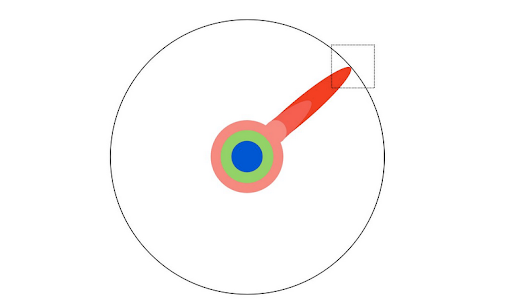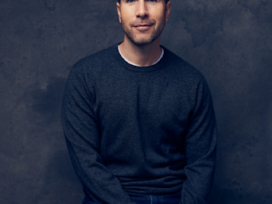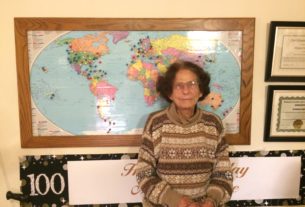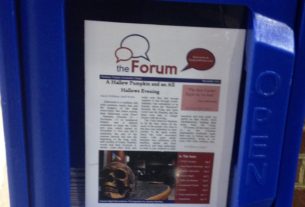The Path to a Ph.D.: Notes from Dr. Corina Marziano
What is a Ph.D.? A talk by PVCC Adjunct Professor of Biology Dr. Corina Marziano, organized with the Scrubs Club and the Science Club, addressed this question. At noon on Sept. 28, following PVCC’s 50th anniversary photo event and during the fall semester trial of the new Charles T. Baber Leadership Development Program, three students and three faculty members gathered in Room 210 of the Keats Science Building. Marziano, who put together a slide presentation, gave a concise and general overview of what it takes to earn a Ph.D., while leaving plenty of room for questions at the end. Still, she added more details relevant to her field: the biomedical sciences.
Marziano began the presentation with her academic and professional background. She attained a bachelor’s degree from Xavier University in Cincinnati and Evanston, Ohio, where she had her first encounter with biomedical research, studying L-type calcium channels and their relation to coronary arteries. She then took a gap year as a technician at Cincinnati University, before earning her Ph.D. in vascular physiology from UVA. As a postdoctorate, Marziano has been studying cell and developmental biology while teaching as an adjunct professor at PVCC. Marziano is soon leaving both positions and returning to Cincinnati, where she will work as an analytical chemist for clinical research studies.
Marziano then began her discussion on Ph.D.s with a visualization from Dr. Matt Might of the University of Alabama at Birmingham. The circle of knowledge illustration displayed the whole of human knowledge. It showed concentric expanding rings representing acquired knowledge throughout elementary and secondary schooling. Undergraduate study appeared similarly, but with a slight spike for specialization. Ph.D. students, through collected boundary expansions, add to the sum of human knowledge. These additions were shown as tiny protrusions from the circle of knowledge in particular areas.

After showing a brief glimpse of brightly colored lymphatic cell culture pictures relevant to her research, Marziano discussed the time frame, five to seven years, as well as the beginning course requirements of a Ph.D. program. “They’re like undergraduate classes but highly specific to what you want to study,” Marziano explained when asked what her preliminary Ph.D. coursework looked like. After completing prerequisites, Ph.D. students must plan, propose, revise, and carry out their research.
Marziano discussed the job market and professional responsibilities of a Ph.D. graduate. While most commonly thought of as professors and researchers, she mentioned policymaking, journalism, manufacturing, and publishing as other sectors open to those with a professional doctorate. Marziano then clarified that many graduates move between different professions in the span of their working lives, stating, “Your career can be really, really fluid.” The responsibilities that come with having a Ph.D. were attending seminars, presenting your work at seminars, and keeping updated on literature relevant to your field, to name a few.
What does a Ph.D. program teach, in a broader sense? Marziano highlighted a few skills candidates will master by the end of their professional doctorate journey. Curiosity, effective communication, creativity, and collaboration were among them. The time commitment requiring daily and yearly planning was another aspect of Ph.D. programs that she emphasized. “It can go a little longer or shorter depending on your experience,” said Marziano.
When asked about any roadblocks encountered during the completion of her Ph.D. program, Marziano stated, “Generally, roadblocks could be you start investigating a question and it doesn’t go the way you want it to. Mentor and trainee relationships are also really important, so sometimes disagreements can slow you down,” later adding that she finished hers in an uncharacteristically short four years.
Marziano ended her slide presentation with a subtitled animation strip from Disney’s Treasure Planet on the difference between having a Ph.D. and being a medical doctor. She joked that she is tired of being asked medical questions by her family members. With few audience members attending the presentation, Marziano went into plenty of detail when asked specific questions about her research and finished with a discussion on how Ph.D. programs have changed over the decades.







